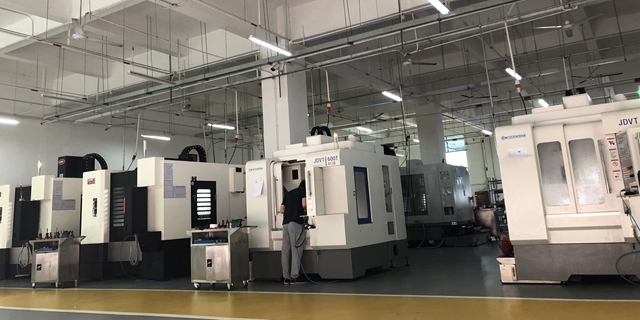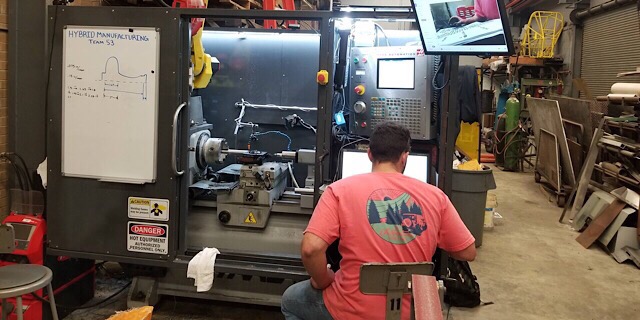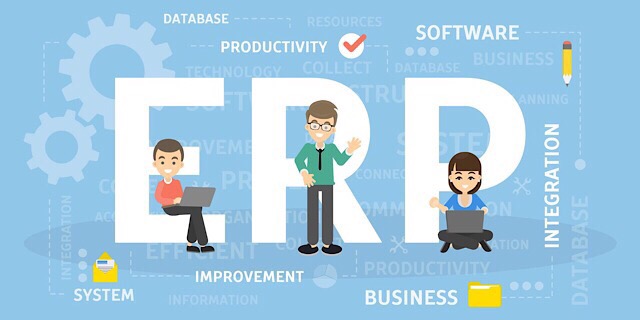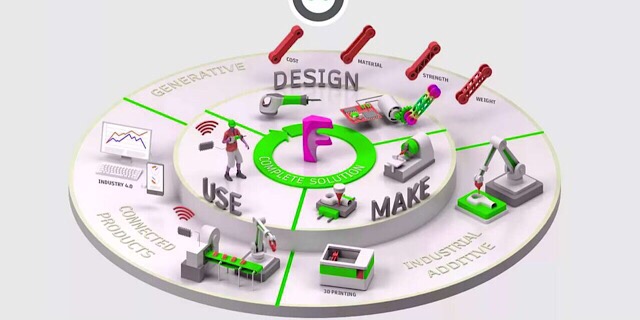Posted on July 16th, 2019 | By Candy, WayKen Marketing Manager
A lot of people think that what their CNC project needs for completion is a good machinist. However, that is not exactly so. Sure, a capable engineer who wields all the CNC manufacturing tools is important but he would just go making the parts of the assembly one by one, in some cases, just as they are listed in the datasheet and he would tackle the problems one by one. That is, of course, a viable strategy but it will take longer and will probably cost more compared to a systematic approach where possible issues can be estimated beforehand. Such an approach is called project management.
What Project Management is All About
The basic concept of project management is the ability to use resources and time efficiently and approach each project systematically. It can be used in almost any industry or branch of business because the aim of saving resources and cutting costs while doing something faster is one of the most dominant in our economy. The idea pretty obvious, doesn’t it? But how do we achieve all of the above? and what kind of project management examples are there for CNC prototyping projects? How can we cut a CNC prototype cost by implementing project management? Let’s answer all those questions.
Project Management Techniques to Cut Costs
Project management processes are managed by using special techniques and approaches that allow the project manager to decrease production time or increase the quality or simply to decrease the total cost of CNC manufacturing.
Manufacturing Workflow and Logistics

It is important for project managers to understand how the blank material will move through the production area and turn into a final CNC prototype. It is especially important to keep an eye on the part or on a batch of the parts in manufacturing systems. For example, low volume production shops are often flooded with different orders for various parts.
One of the project management examples, in this case, is determining the so-called transfer batch. Let’s look at a specific manufacturing situation: there are two orders. The manufacturers need to provide orders partially from week to week, the solution seems simple, just do a batch needed to be manufactured first and then do the second order. However, what if you have 3 orders? 30? and some of them are single parts. And what if you have only one grinding machine tool so there is a bottleneck in your system. Project managers draw special diagrams where they calculate transfer batches, critical paths ( the bottleneck project you absolutely can’t postpone) and determine the time you can spare.

Another issue is logistics. It is viable for big enterprises that have a limited number of electric carts. Project managers try to group the batches by CNC manufacturing stages and move them together to the next workspace to load the carts to a maximum degree.
How do you save costs? You will have detailed time maps of your current projects and will see all the critical places so you won’t fail any deadlines. Your parts won’t stay in one place for a long time waiting to be transported for the next technical operations so the overall machining cost and time will be lower.
Personnel Management and Outsourcing

Personnel management is important for lean production. Nowadays, personnel is viewed differently. Digital technologies allow us to hire people all over the world so the actual personnel of the company does not only consist of people who sit at the office or at the machine tools but a whole range of additional people who can be contacted via the web. Lean project management means you have to take those people into account too. Finding an optimal person to perform the task is not easy and sometimes requires a large network of suppliers and other employees.
How do you save costs? Project management services create a list of people who can perform tasks for the company, supply CNC businesses with cutting tools or blanks, etc. Then they choose which person or supplier can provide the best service at the shortest amount of time.
Enterprise Resource Planning Systems

Enterprises, even small ones use a lot of different resources and it is a real issue to keep track of all of them. However, there are software project tools that help with production management called ERP-systems. They help monitor which materials the CNC production facility has at any given time, for example, which steels and stock diameters are present. This allows for minimal manufacturing downtime due to lack of materials, instruments, etc. Another important feature of the ERP systems is that you know which equipment has spare time and which one is overloaded.
How do you save costs? You can estimate which materials, cutting tools and other supplies need to be ordered for the next project beforehand. You can plan orders from suppliers in a batch so you save on shipping. Your projects do not need to wait for those additional materials or cutters to arrive before starting off the production.
Product Lifecycle Management for Project Development

One of the most efficient approaches to industrial project management has proven to be the PLM technique. Since the beginning of digitalization, a lot of design, manufacturing and production planning software tools have been developed. But they are, as well as, the project development stages (R&D, engineering analysis, manufacturing, repairing, recycling) has been viewed as independent. PLM integrates all the stages of the project together. That way, some later issues can be tackled early on. For example, once the CAD model for the project has been developed, materials can already be ordered even before the blueprints are ready. In addition, PLM has an integrated workflow for the whole facility meaning that there are no papers traveling between departments and any changes in the project are available to every participant instantly.
How do you save costs? An integrated approach excludes any kind of errors due to information being sent from department to department. Automation saves time for menial tasks such as the bill of materials. It is possible to monitor every process completion at any given time.





